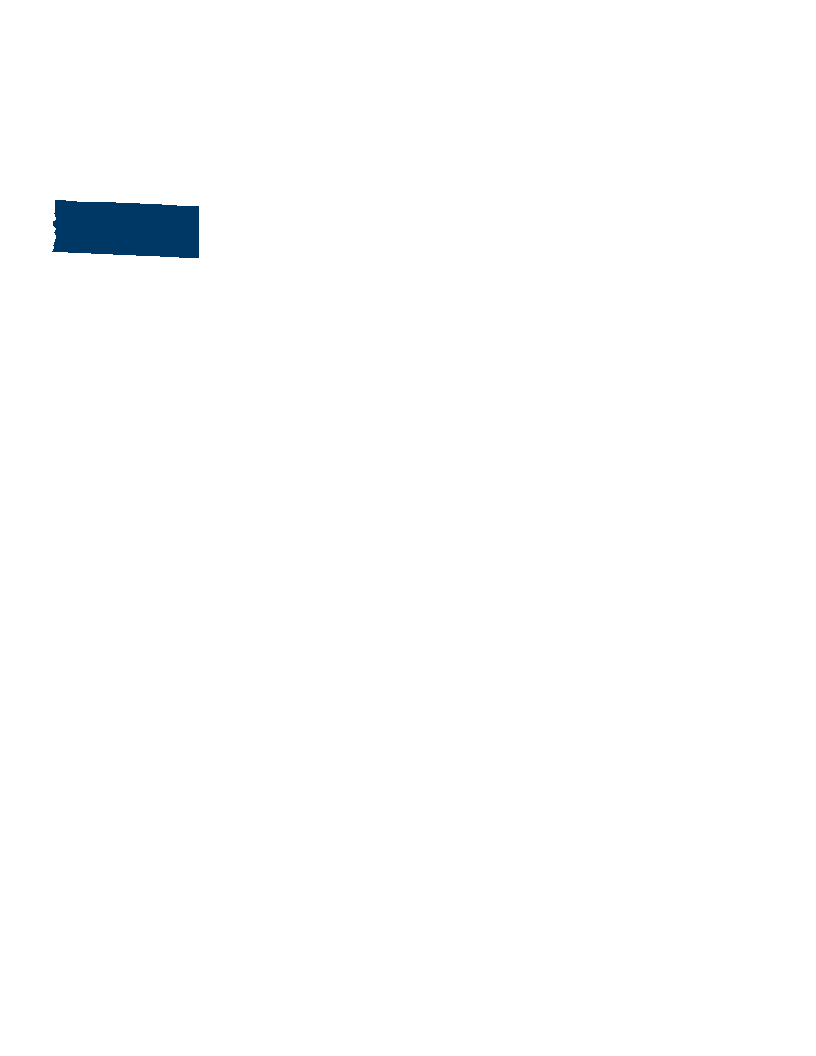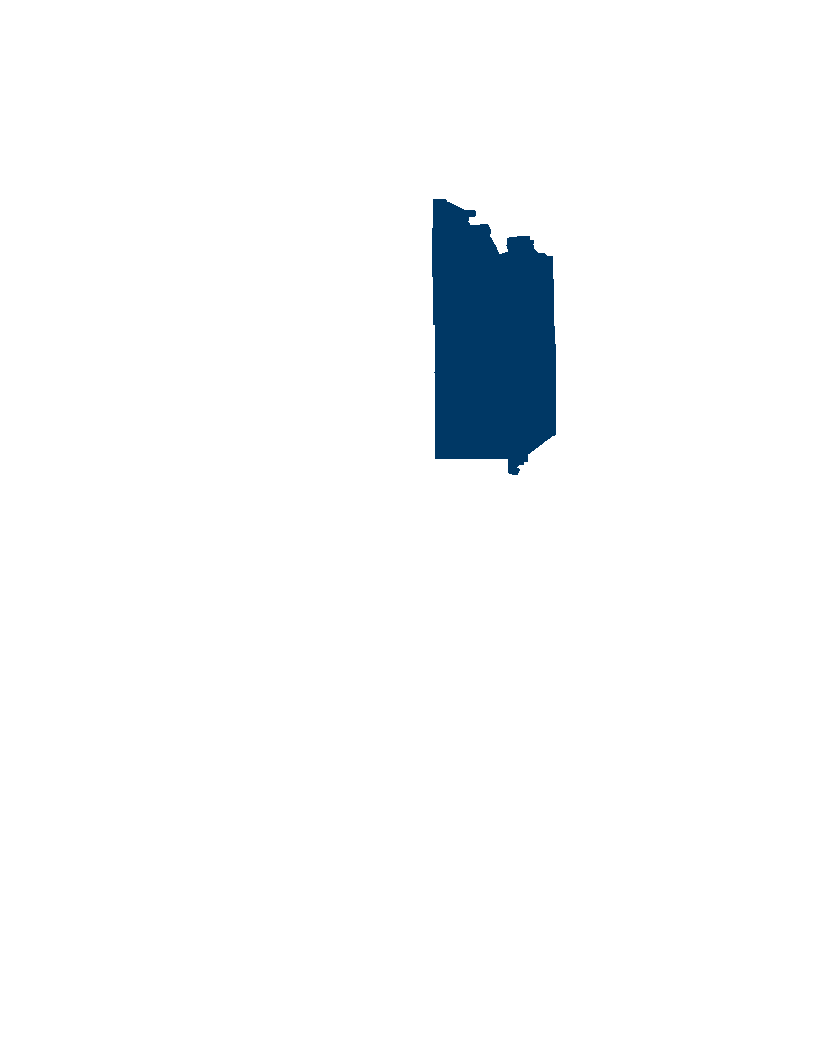DNR Forest Enhancement and Restoration-Phase 4
Minnesota's iconic forests and brushland habitats require enhancement beyond DNR timber harvest practices. Enhancements, such as brushland shearing provide critical wildlife habitat but are not achieved through timber harvest practices. These additional habitat benefits improve the quality of the forests for wildlife, water quality and outdoor recreation. DNR's Conservation Agenda, Wildlife Action Plan, Forest Action Plan, SNA Strategic Land Protection, Fish Habitat Plan, will guide habitat enhancements in this proposal to meet the objectives put forth in these plans.
Minnesota's forest habitats include many different native plant communities in different growth stages. Forests also includes rivers, lakes, sedge meadows, bogs, and brushland. Each of these habitats are home to a wide array with game and non-game species, including multiple Species of Greatest Conservation Need (SGCN). Forests provide outdoor recreation, timber products, and support local communities. Forests protect water quality and sequester carbon. However, forests face increasing stress from invasive species, climate change, critical habitat loss, forest conversion, and fragmentation. While timber harvest is an important tool providing habitats in the forest, additional or different enhancements are needed to maximize the diversity for fish and wildlife. For example timber harvest can create a wildlife opening, however other management such as periodic mowing is needed to maintain the opening.
We will accomplish strategic and targeted enhancements through contractors to conduct activities which support healthy, diverse and resilient habitats. Activities may include:
1) control invasive species
2) assist with oak regeneration through seeding and tree planting
3) firebreak development and maintenance as well as prescribed burns in fire-dependent forests, brushlands and wetlands
4) remove trees, mow and shear brush
5) maintain/restore open lands and brushland habitats
6) regenerate forests through site preparation, seed procurement/harvest, seeding, and planting
7) plant trees to reforest and restore habitats, add conifer to the landscape, provide thermal cover, diversify forests, and address ash stand management
8) restore floodplain and savanna forest habitat with tree planting, burning and mowing
DNR managers collaborate with other State, Federal, County agencies and many conservation organizations to take a landscape view of forests and manage across administrative units. For example, DNR managers are working together with USFS managers to maintain and enhance rock outcrops that provide spring forage and mast for a variety of wildlife.
This request seeks funding to restore and enhance habitat on public lands open to hunting, primarily but not limited to, WMA, AMA, SNA and State Forests. Strategic and targeted work will be accomplished through the added capacity of contractors hired to conduct activities that support healthy, diverse and resilient habitats.
$1,727,000 the second year is to the commissioner of natural resources to restore and enhance forest wildlife habitats on public lands throughout Minnesota.
Healthy populations of endangered, threatened, and special concern species as well as more common species - The DNR and partner agencies conduct a number of wildlife surveys, including moose, deer, ruffed grouse, sharp-tailed grouse, woodcock, and songbird surveys.
Protected, restored, and enhanced nesting and migratory habitat for waterfowl, upland birds, and species of greatest conservation need - A number of species are tied to brushland and young aspen forests in these region, including elk, golden-winged warblers, and sharp-tailed grouse. Ongoing surveys and research on these species will allow the DNR to track local and regional responses to these and related efforts.
A forest land base that contributes to the habitat picture - These efforts will help manage forests in this region to benefit a range of wildlife species, both game and non-game. Ongoing surveys, especially among songbirds, will track long-term changes in bird populations in this region.
Large corridors and complexes of biologically diverse wildlife habitat typical of the unglaciated region are restored and protected - The non-game program is very active in this region with projects assessing wildlife populations. And there are the same ongoing wildlife surveys as in the other regions of the state.
Improved condition of habitat on public lands - These efforts will help manage forests in this region to benefit a range of wildlife species, both game and non-game. Ongoing surveys, especially among songbirds, will track long-term changes in bird populations in this region
























